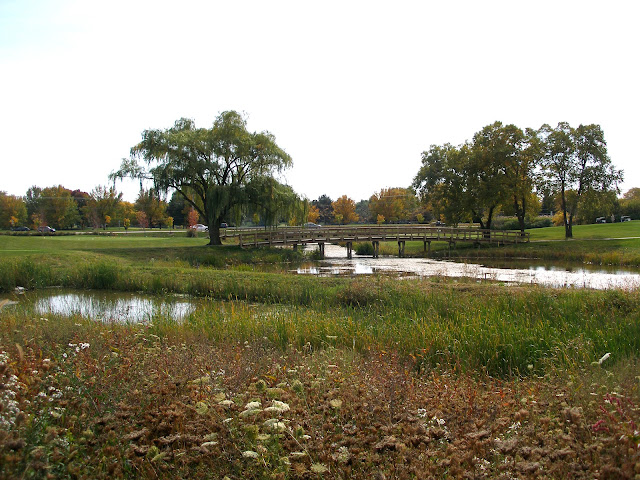Re-Grassing: A Practical and Darn Affordable Option
Several weeks ago, Medinah Country Club hosted the Midwest Association of Golf Course Superintendents (MAGCS) 60th Turf Clinic and Annual Meeting. This is always angreat industry event, and the 2012 edition was no exception. The big take-away? The difficulty in maintaining vintage bent/poa annua hybrid greens.
This was the hottest summer on record, across the U.S. In Chicago alone we experienced 47 days of 90+ temperatures. We also had a mild winter in 2011-12, which meant remarkably little winter kill — but it also meant excessive spring poa growth, which translated into lousy poa root-growth and significant poa die-off by August.
Wev’e all seen examples of old, push-up style greens whose bent/poa mixtures have done just fine these past 20 years. August in the Midwest has always been tricky with the poa annua. There’s even a sense of romance and stubbornness about keeping these old greens alive and playable (to say nothing of avoiding the cost of renovating). But the profiles below these putting surfaces keep getting older and (if you’re not aerifying like the dickens) less porous, and apparently the heat we expect in August is now arriving in July and lasting into September.
At some point, something’s gotta give. For many, what gave out this summer were the greens. If this warming trend continues, the prospects for these old greens are pretty dim.
This was the subtext to nearly every presentation, subtopic and discussion at Medinah: Can supers manage poa long-term with these increased temps? If they’re trying to survive atop the crappy soil profiles that some farmer pushed up in the early 1950s, it’s hard to like their chances. I think most supers, course owners and club boards realize this, but they’re trying to reconcile the prospect of keeping greens alive, at great cost, with the prospect of rebuilding or re-grassing, another considerable cost.
It’s important for supers to recognize, however, the enormous difference in cost between rebuilding a green to USGA specifications (something that can run between $45,000 and $70,000 per green) and simply re-grassing that same putting surface with modern bents that have been bred to deal with these ever-more-broiling Midwestern summers (Note: we highly recommend adding internal drainage to old green profiles as well, but that is a topic for another time; let’s focus on grass here.)
I would submit as "Exhibit A" the renovation we recently completed at Kellogg Golf Course, a facility owned and operated by the Peoria, Illinois Park District. For less than $50,000, and the use of in-house labor, we were able to methyl bromide 19 greens and seed them with A4 bent. Thanks to a dedicated aerification plan, Superintendent Tim Smith always enabled good root-growth in these old push-up greens, so we left the soil profile and contours completely alone. We seeded on Labor Day 2011 and they were fully grown in by May 1, 2012.
For a long time,some superintendents in cool-weather climates viewed all these fancy new bentgrasses as a luxury. In addition, I think a lot of superintendents still struggle with the idea of putting premium bentgrass on push-up greens that have so many other issues — marginal soil profiles, poor drainage, poor contouring (or lack of contouring) and a lack of cupping space.
However, if the climatic trends continue, I don’t think supers can afford to think of modern bent greens as a luxury anymore. With summers like these, regrassing is a practical and darned affordable option.




.JPG)




.JPG)
.JPG)
.JPG)




















